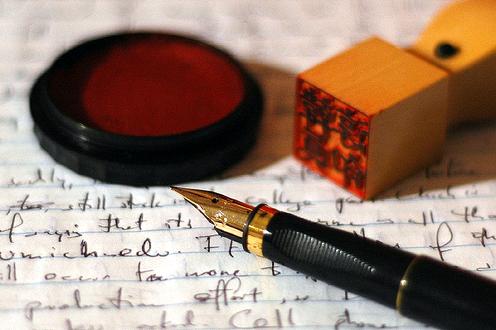Really great content that matters to the audience is a difficult thing to create. For those looking to reach out to audiences, either through writing or in a marketing campaign, it can be very difficult to give the message drive. However, by following some simple guidelines, content can have the drive it needs to grab and hold people’s attention.
Context: the key is where the message is coming from
The reader needs a reason to engage with the content. A written piece should convey the strongest context possible, as it sets the stage for the rest of the writing and provides a link between the reader and the content. Sometimes the context is implied, subscribers to content have already found reason to sign up. However, this does not mean that further contextualization won’t be useful. Without context, there is a risk the reader is left cold and without any reason to engage with the writing or it’s message.
Grab the reader’s attention and keep it with desire
This is also key to great delivery. In writing, this is done through the headline. However, fonts and graphics can also be incorporated in order to grab and hold attention.
The style of writing should be such that it holds that attention and convinces the audience to want something. This is often called a “hook”, and is the promise of a benefit if the reader completes the article. The desire is the reason why they keep reading and it should interplay with the writers grab for attention.
The Gap and The Solution: aka the pain and the medicine
In sales, people are taught to find the pain to which the sale is the solution. This is the same in writing. With the context, the writer forms a relationship, the attention and desire parts are there to keep the reader interested. These are all built on the play between The Gap and The Solution.
The best way to start explaining what The Gap is, is to think about what would happen if nothing actually changed. If that happened, there would be no solution. How bad would that be? Chances are, that is the point of the article being written.
A good method of illustration of The Gap is to highlight examples of what happens without The Solution using examples. The Solution is what we are here for, presenting it is important, and should be done shortly after the implications of The Gap have been fully addressed.
Finally, a call to action is required
This is crucial for leading the audience to the next state. This answers the question: “what now”, and provides an easy start to getting on a path to The Solution. If the content is actually demanding some level of action, this request should be explicit and clear, with the first step clearly marked out.
These six points will all work together to provide compelling writing, as it will lead the reader on the quest for the solution. From providing the context on which to build trust, the journey is shaped that leads to an explicit call to arms. By that time, if the above guidelines have been followed, the reader understands why and is looking forward to taking the next step.
No related posts.
Related posts brought to you by Yet Another Related Posts Plugin.













Leave Your Response